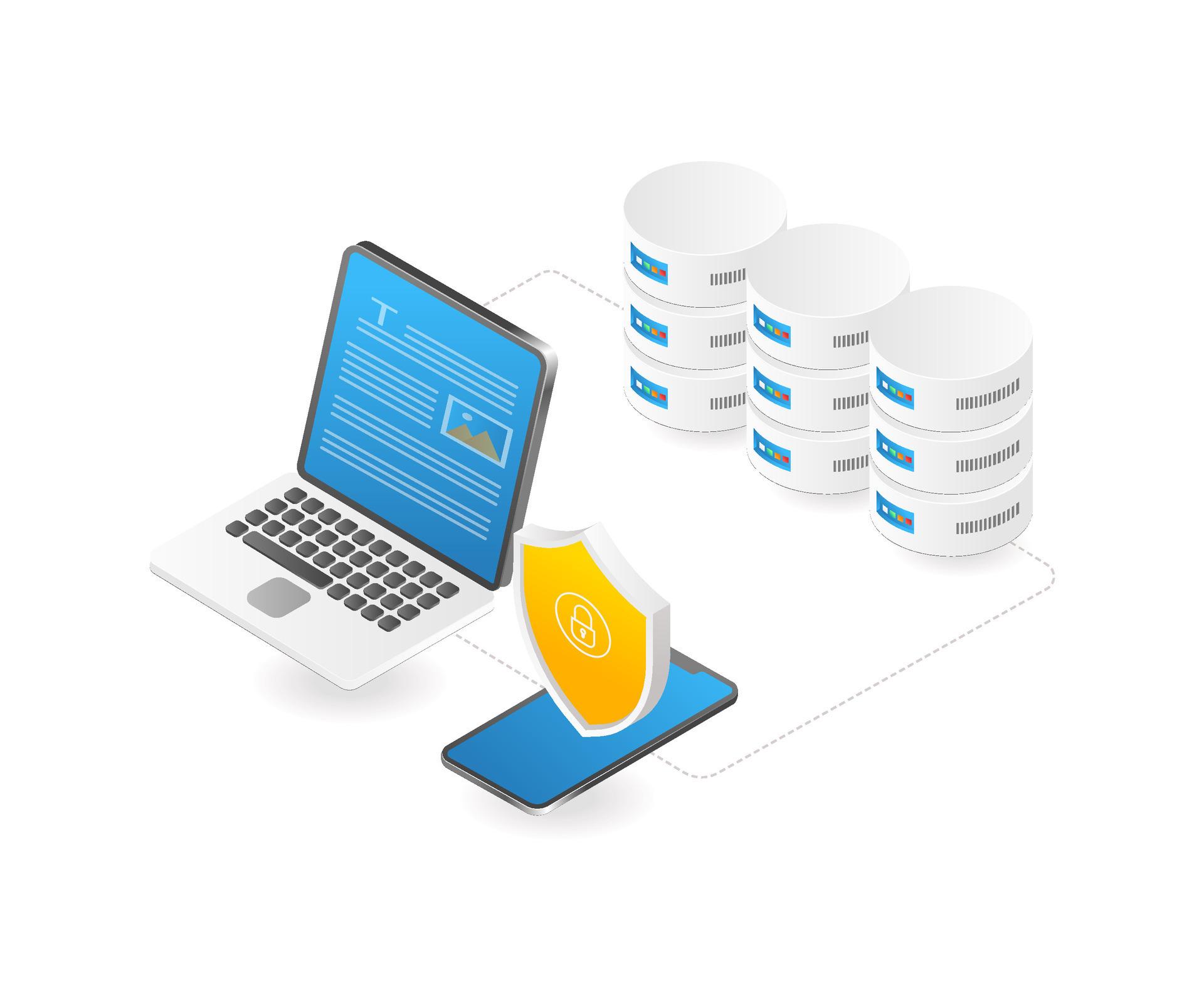Hybrid mobile app development

What is hybrid mobile app development?
A hybrid app is a type of mobile application that combines elements of both native and web applications. It is developed using web technologies like HTML, CSS, and JavaScript, and then wrapped in a native container, allowing it to be installed and run on various platforms (iOS, Android, etc.) like a native app.
Hybrid apps leverage a native shell or wrapper that allows them to be installed and run like a native app while utilizing an embedded browser to access platform-specific features and functionalities. This approach enables developers to build once and deploy the app across various platforms, making development more efficient and cost-effective compared to building separate native apps for each platform.
Native vs hybrid mobile app development
Mobile app development requires careful consideration of factors like complexity, budget, timeline, and target audience. The choice between native and hybrid app development significantly impacts the project's success.
Native apps are designed for a specific platform, such as Apple iOS or Android, necessitating coding in platform-compatible languages. They offer access to all native device features, ensuring superior performance and security. However, the high development and maintenance costs are notable drawbacks. If targeting a single platform or prioritizing performance is crucial, native apps are preferred.
In contrast, hybrid app development involves writing code once and deploying it across multiple platforms like Android, iOS, and Windows. This approach provides flexibility in choosing programming languages and frameworks. Despite requiring a larger codebase to ensure compatibility with various operating systems and versions, hybrid apps entail lower development and maintenance costs due to a unified codebase.
Here's a comparative table outlining key aspects of hybrid mobile app development compared to other aspects like native app development:
Hybrid app advantages and disadvantages
Advantages
- Cross-Platform Compatibility: A single codebase can be deployed across multiple platforms (iOS, Android, etc.), reducing development time and costs.
- Cost-Effective Development: Lower development expenses compared to native apps due to the shared codebase.
- Faster Development Time: Quicker time to market as developers can write code once and deploy across various platforms.
- Unified Maintenance: Easier maintenance as updates and changes are applied uniformly across all platforms from a single codebase.
- Access to Device Features: While limited compared to native apps, hybrid apps can access certain device features through plugins or wrappers.
Disadvantages
- Performance Issues: Generally, hybrid apps might have performance drawbacks compared to native apps due to the intermediary layer between the code and the device's native features.
- Limited Native Functionality: Dependency on plugins for certain complex or specific functionalities may limit the app's capabilities compared to fully native apps.
- User Experience Variability: Might not offer the same level of user experience as native apps, especially in terms of responsiveness and UI/UX elements.
- Platform Limitations: Not all features or functionalities available on a specific platform may be accessible or perform optimally in a hybrid app compared to a native app.
- Dependency on Third-Party Tools: Reliance on third-party tools, frameworks, or plugins for accessing native functionalities can lead to potential compatibility or support issues.
Hybrid app development stage
The development of a hybrid mobile app typically involves several stages, which can be broken down into the following six key phases:
1. Planning and Analysis
The initial phase of hybrid mobile app development involves thorough planning and analysis. This includes gathering comprehensive requirements from the client, identifying the target audience, and defining the primary objectives of the application. Market research becomes pivotal in understanding competitors, current market trends, and user preferences. This stage lays the groundwork for the app's features and functionalities, ensuring alignment with the project goals.
2. Design Phase
Following the planning stage, the design phase takes center stage. It involves creating wireframes and prototypes to visualize the app's structure and functionalities. Designers focus on crafting an intuitive and visually appealing user interface (UI) and user experience (UX) design. The objective here is to ensure ease of navigation, seamless interaction, and an engaging user journey throughout the app.
3. Development
The development stage is where the actual coding and integration of the app take place. Developers select the appropriate hybrid development framework based on project requirements. They write code using web technologies like HTML, CSS, and JavaScript. Integrating these codes with native device functionalities through plugins or APIs forms a crucial aspect. Additionally, backend development, including setting up servers, databases, and APIs, supports the app's overall functionality.
4. Testing
Once the app is developed, it undergoes rigorous testing across various dimensions. This phase comprises multiple testing types such as unit testing, integration testing, compatibility testing, and user acceptance testing (UAT). Testing ensures the app's functionality, performance, and compatibility across diverse devices and platforms. User feedback gathered during this phase helps refine and improve the app's quality.
5. Deployment
Following successful testing and refinements, the app is prepared for deployment. This phase involves submitting the app to the relevant app stores, such as Apple App Store or Google Play Store. The process includes preparing necessary accounts, generating certificates, and complying with the app store guidelines. Once released, users can download and install the app on their devices.
6. Maintenance and Updates
The final stage involves the ongoing maintenance and support of the app. This includes monitoring user feedback, tracking app performance, and addressing reported issues. Regular updates and releases ensure bug fixes, introduce new features, and maintain compatibility with evolving operating systems and devices. This iterative process helps keep the app relevant and efficient in meeting user needs.
5 Most popular frameworks for hybrid mobile app development
React Native
Developed by Facebook, React Native stands out for its ability to reuse code across Android and iOS platforms, fostering rapid development through its strong JavaScript library and an extensive collection of pre-built components.
Key Feature:
- Reusable code across Android and iOS.
- Strong community support.
- Ease of learning with Node PackageManager (NPM) installation.
- Extensive plugin ecosystem for device hardware compatibility.
- Efficient development process leading to reduced time-to-market.
Flutter
Powered by Google, Flutter has gained traction for its highly customizable UI elements and fast development cycles. It allows developers to create visually appealing and performant apps with a single codebase for multiple platforms.
Key Feature:
- Intuitive UI designs with ready-to-use widgets.
- High speed and reliability.
- Low entry barrier for developers.
- Flexible UI design for various screens.
- Faster testing due to a single codebase and high performance resembling native apps.
Ionic
Leveraging HTML, CSS, and JavaScript, Ionic is renowned for its vast library of UI components and seamless integration with AngularJS. It simplifies the creation of Progressive Web Apps (PWAs) and offers a comprehensive toolset for hybrid app development.
Key Feature:
- Abundance of UI components and layouts.
- Built-in support for AngularJS, favorable for front-end developers.
- Simplified building of Progressive Web Apps (PWAs) with rich front-end libraries.
NativeScript
Known for its native performance across diverse platforms, NativeScript allows developers to build apps using JavaScript, TypeScript, or Angular. It grants access to native APIs and provides a smooth development experience akin to native app development.
Key Feature:
- Native-like performance across platforms and devices.
- Access to iOS and Android APIs.
- Developer-friendly, based on JavaScript or TypeScript.
- Quick testing and debugging with faster code execution.
Xamarin
Backed by Microsoft, Xamarin facilitates the development of cross-platform apps using C#. It enables code sharing across different platforms, providing a native-like experience while streamlining testing and maintenance processes.
Key Feature:
- Up to 90% code sharing across different platforms.
- High performance is similar to native apps.
- Ease of testing, updates, and maintenance.
- Provides testing tools and a complete mobile app development toolkit.
Conclusion
In conclusion, a hybrid mobile app development service is a strategic choice for businesses aiming to reach a broader audience across multiple platforms while optimizing costs and development time. Axalize is a leading hybrid mobile app development company that aims to deliver efficient, cost-effective, and cross-platform applications tailored to meet client requirements, ensuring a balance between functionality, performance, and user experience.


